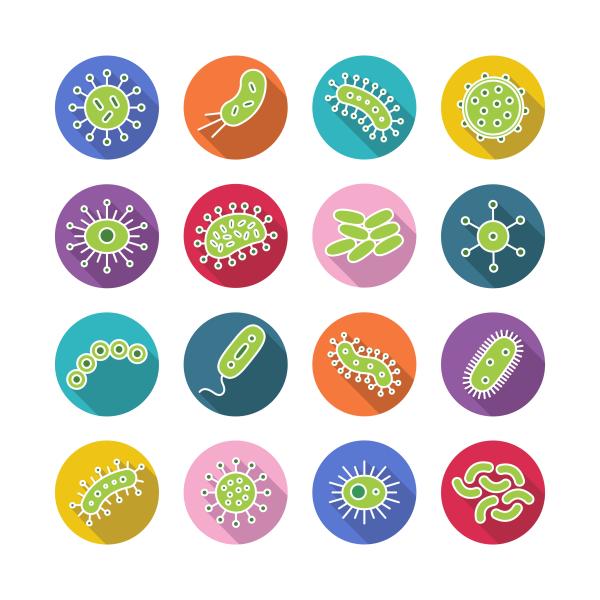The World Health Organization released their first ever report on the antibiotic resistant bacteria that are of the greatest global concern - the global priority pathogens list (global PPL).
The report was compiled by eight leading international experts in infectious disease, clinical microbiology, R&D, public health and infection control. The team used both expert opinion and evidence-based data to choose the twelve most concerning antibiotic resistant bacteria. They also implemented a three-tiered ranking system, placing the bacteria into either 'critical', 'high' or 'medium' priority rankings. These classifications were based on several characteristics, some of which are the prevalence of resistance, the trend of resistance over the last decade, how transmissible (or easily spread) the bacteria is, its presence in a hospital and/or community setting, the treatability of the infection and the current state of antibiotic development.
The goal of the global PPL is to "guide the prioritization of incentives and funding, help align R&D priorities with public health needs and support global coordination in the fight against antibiotic-resistant bacteria."
And, experts think that it will do exactly that. Dr. David Shlaes, a leading authority in antibiotic resistance, says that the report is important for two main reasons. The first is that it is useful to identify medical need and public health priorities on a global scale. Based on this information, each region or country can formulate their own list. These local and regional lists, as well as the WHO global list, will form the basis for funding decisions. In labs, decisions must be made regarding which antibiotic resistant bacteria to focus on. Knowing that there is funding available for these twelve may shift scientists towards targeting them in their work.
Additionally, these lists create conversation about antibiotic resistance which is always important. It remains one of the most important (and least talked about) health concerns around the world. In the United States alone, there are roughly two million cases of antibiotic resistant infections each year, causing 23,000 deaths. The more we talk about them, the more awareness there is.
It should be noted that the list of the priorities of antibiotic resistant bacteria from the CDC (created in 2013) has some overlap with the WHO's list (such as listing carbapenem resistant Enterobacteriaceae in the most urgent category), but differs in both the bacteria chosen for the list and the priority listing given. For example, Clostridium difficle and multidrug resistant Mycobacterium tuberculosis are included on the CDC's list, but excluded from the priority list of the WHO.
The top most concerning category in the global PPL includes three bacteria which may seem very different at first glance. However, the key factor that places them into that category is not what bacteria they are, rather, the type of resistance that they have. They carry carbapenem resistance, and fall into the most urgent category because the resistant bacteria 1) spread rapidly 2) cause outbreaks 3) cause infections with mortality rates of 40% to 50% and 4) have very limited options for treatment. In fact, the CDC maintains a dedicated tracking page the Multi-site Gram-negative Surveillance Initiative, due to the need to remain aware of the number of cases and potential outbreaks. They are, as confirmed by their placement at the top of the list, the biggest nightmare in the world of antibiotic resistance - which is chock full of bad dreams.
WHO priority pathogens list for R&D of new antibiotics
Priority 1: CRITICAL
- Acinetobacter baumannii, carbapenem-resistant
- Pseudomonas aeruginosa, carbapenem-resistant
- Enterobacteriaceae, carbapenem-resistant, ESBL-producing
Priority 2: HIGH
- Enterococcus faecium, vancomycin-resistant
- Staphylococcus aureus, methicillin-resistant, vancomycin-intermediate and resistant
- Helicobacter pylori, clarithromycin-resistant
- Campylobacter spp., fluoroquinolone-resistant
- Salmonellae, fluoroquinolone-resistant
- Neisseria gonorrhoeae, cephalosporin-resistant, fluoroquinolone-resistant
Priority 3: MEDIUM
- Streptococcus pneumoniae, penicillin-non-susceptible
- Haemophilus influenzae, ampicillin-resistant
- Shigella spp., fluoroquinolone-resistant
References:
1) http://www.who.int/medicines/publications/WHO-PPL-Short_Summary_25Feb-ET...




